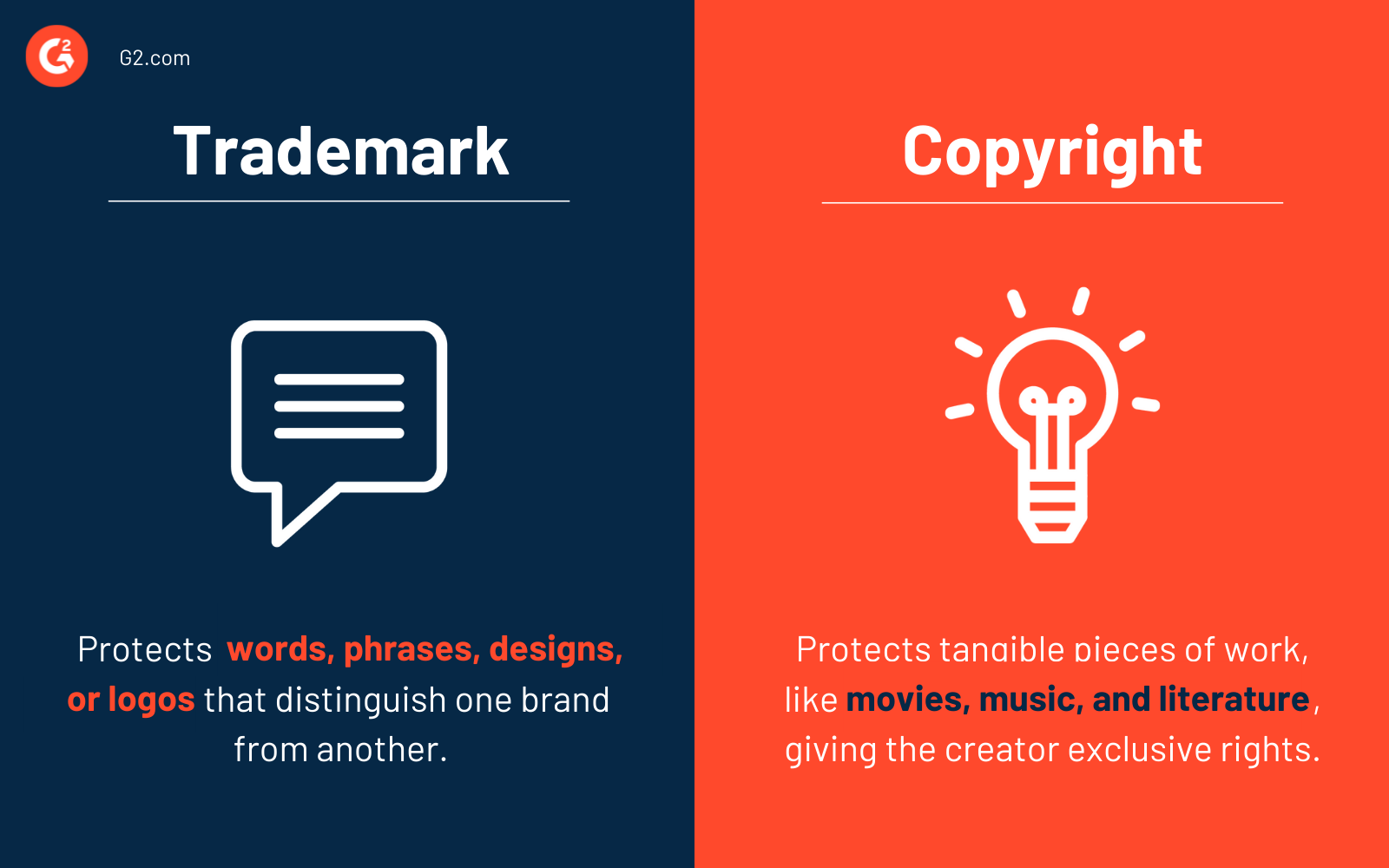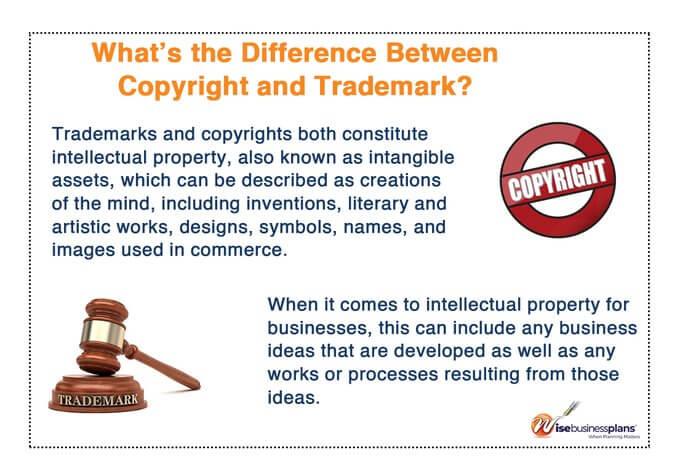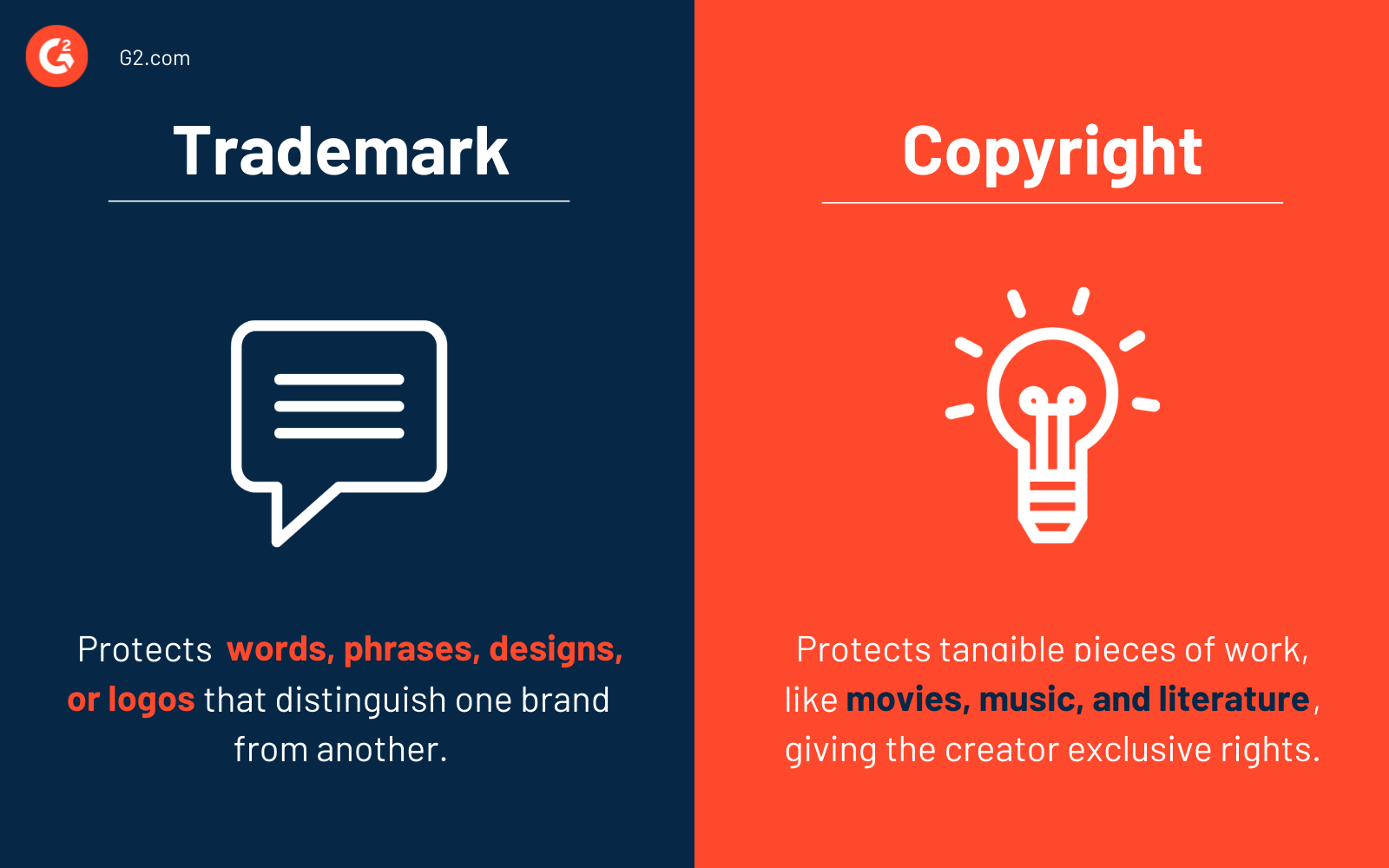Copyrights and Trademarks as Intellectual Property (IP)
by Admin
Posted on 07-06-2024 03:44 PM

If you’re a new entrepreneur , it can be complicated to get a handle on all the information you need in order to protect your business and your intellectual property. If you’re feeling overwhelmed about intellectual property protection, don’t worry because you’ve come to the right place.
 Both copyrights and trademarks can be a valuable business asset to protect you against intellectual property theft. In this article, we’ll explain everything you need to know about copyrights and trademarks, including the difference between the two and how each protects your business.
Both copyrights and trademarks can be a valuable business asset to protect you against intellectual property theft. In this article, we’ll explain everything you need to know about copyrights and trademarks, including the difference between the two and how each protects your business.
Intellectual property protection is especially helpful for entrepreneurs trying to establish a brand presence. To fully safeguard your brand’s identity, it’s important to know when to use trademarks vs. Copyrights. Since copyrights don’t apply to titles, you need trademarks if you want to protect brand and product names. Furthermore, trademarks must be applied for, while copyrights are technically automatic. However, it’s still helpful to register a copyright for creative works, which publicly registers you as the owner and gives you a stronger legal claim in case someone uses your creations without permission. Once you understand the differences, you can take proactive actions to protect the brand and the products you worked hard to create.
Copyright is an automatic right that is assigned to you or your business as soon as an original piece of work is created. You don’t need to register for copyright protection and all the rights offered by copyright protection apply straightaway. It’s a good idea to add a copyright symbol (©) to any creative work you produce as it makes it easier to take legal action should someone use that work without permission. In contrast, trademarks must be registered to have protection. In the uk, you must apply to the uk intellectual property office (ukipo) to register a trademark, and the process should take around four months if there are no objections.
What is a Copyright?
A copyright is a federally granted property right that protects rights holders from certain unauthorized uses of their original works of authorship. The subject matter eligible for protection is set forth in the copyright act of 1976. Copyrightable works include literary, dramatic, musical, and artistic works such as books, plays, music, lyrics, paintings, sculptures, video games, movies, sound recordings, and software. To be eligible for protection under the copyright act, a work must be fixed in a “tangible medium of expression.
 ” a literary work, for example, can be fixed in a book or on the back of an envelope.
” a literary work, for example, can be fixed in a book or on the back of an envelope.
Trademarks, registered or not, are phrases, symbols, or designs that are used to represent certain goods or services and distinguish them on the market. This broad definition means there are plenty of options for a trademark—companies have trademarked particular colors, smells, even the shape of a bottle (coca-cola). Since a trademark is dependent on context, elements that would normally be ineligible for copyrighting can be trademarked. The apple trademark is a good example: while an apple cannot be copyrighted, its artistic representation can be—its use as a symbol for an electronics and software company is protected as a trademark.
Copyrights are associated with all creative works and restrict who can reproduce or distribute (whether free or not) a creative work. Literature, music, art, movies and tv programs, software, designs and pictures are all protected by copyrights. As soon as something is created, the creator owns copyrights to it (unless the creators have agreed in a contract to transfer these rights to another entity). Even if the work is not published anywhere, it is protected by copyright law. Trademarks are words , names or symbols that indicate the source or producer of goods. For example, the nike brand name and the swoosh logo are trademarks of nike.
What Works Cannot Be Copyrighted?
Copyrights protect “original works of authorship,” such as writings, art, architecture, and music. For as long as the copyright is in effect, the copyright owner has the sole right to display, share, perform, or license the material. One notable exception is the “fair use” doctrine, which allows some degree of distribution of copyrighted material for scholarly, educational, or news-reporting purposes. Technically, you don’t have to file for a copyright to have the piece of work protected. It’s considered yours once your ideas are translated into a tangible form, such as a book, music, or published research; however, officially registering with the u.
Copyrights protect original works created in a “fixed form. ” a common usage of a copyright is to protect works of art, such as songs, films, books, poetry, and even software. What many do not realize is that once an original work has been created, that work is automatically copyrighted. However, if you want a copyright that is enforceable in court, you must register it with the u. S. Copyright office (usco).
Copyright protection covers original works of authorship. This includes artistic, literary, or intellectually created work. Copyright covers many different forms of intellectual property, including books, music, movies, photographs, paintings (in their original and tangible form), and software code. You can also copyright sound recordings, architectural work, and choreography. With a copyrighted work, you have exclusive rights to reproduce, distribute, display, or perform the creative work while preventing others from copying it without your express permission.
In the vast landscape of intellectual property, two terms often cause confusion: copyright and trademark. While both are crucial for protecting creative works, they serve distinct purposes and cover different aspects of intellectual property law. Understanding the differences between copyright and trademark is essential for creators, businesses, and individuals alike to safeguard their creations and brands effectively. Copyright: preserving creative expression copyright is primarily concerned with protecting original works of authorship. This includes literary works, music, artistic creations, and other forms of creative expression. When an individual or entity holds a copyright, they have exclusive rights to reproduce, distribute, perform, and display their work.
Copyright act, 1957 registering authority the controller general of patents, designs and trademarks are responsible for the examination of trademark registration applications. The copyright office is responsible for the examination of copyright registration applications. Applicant an individual or a business can be an applicant and obtain trademark registration for their logos or symbols to be applied for goods and services. An author of a work, i. E. A book author, music composer, artist, photographer, producer or software developer, can apply for copyright registration to protect their original and unique work. A trademark protects a brand, name, logo, shape or slogan used to sell products and services.
By xavier morales / april 20, 2024 / 7 minutes of reading trademark vs copyright registration – what’s the difference? while both offer legal protections under the law, each protects different kinds of intellectual property. They actually have very little to do with one another.